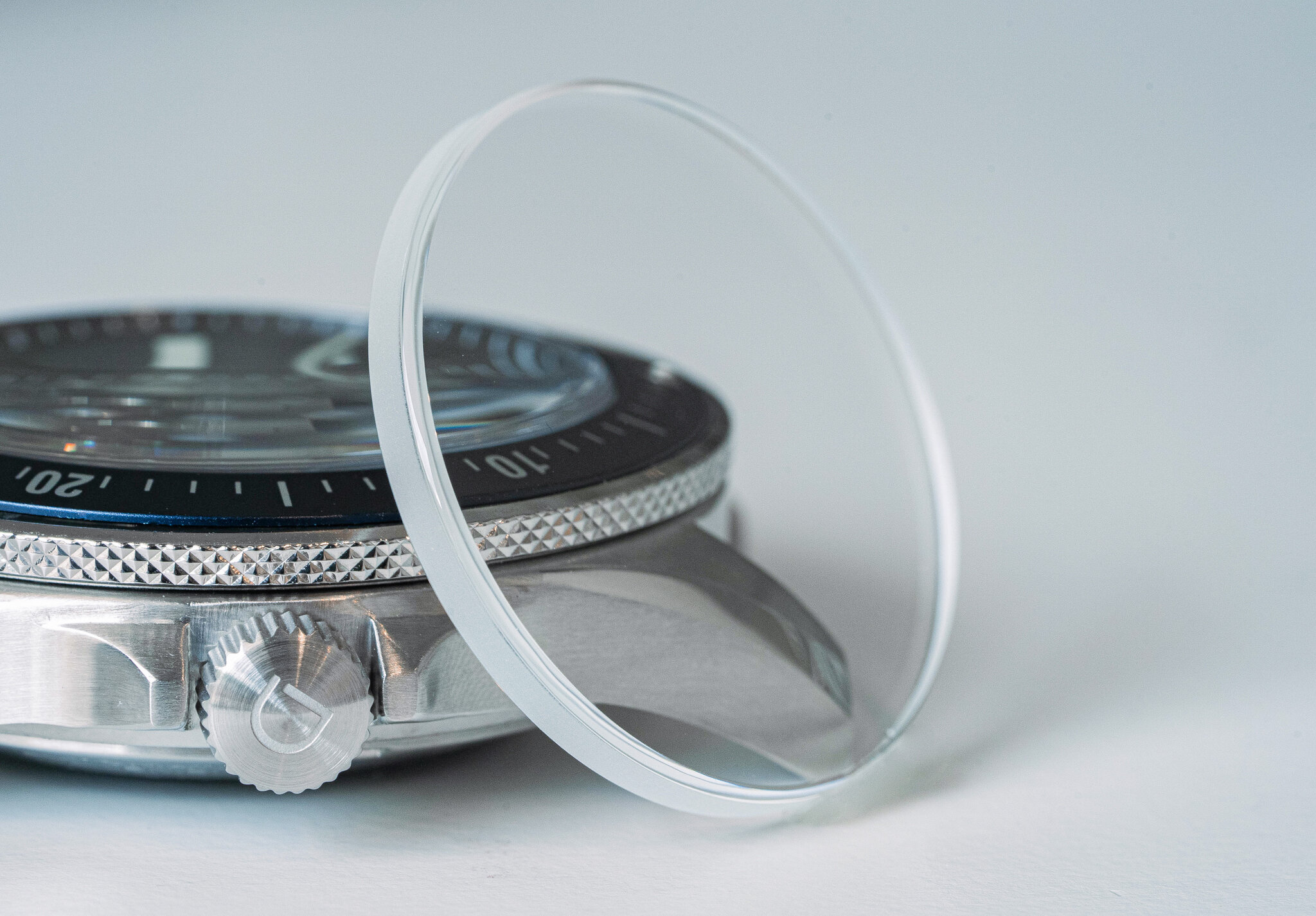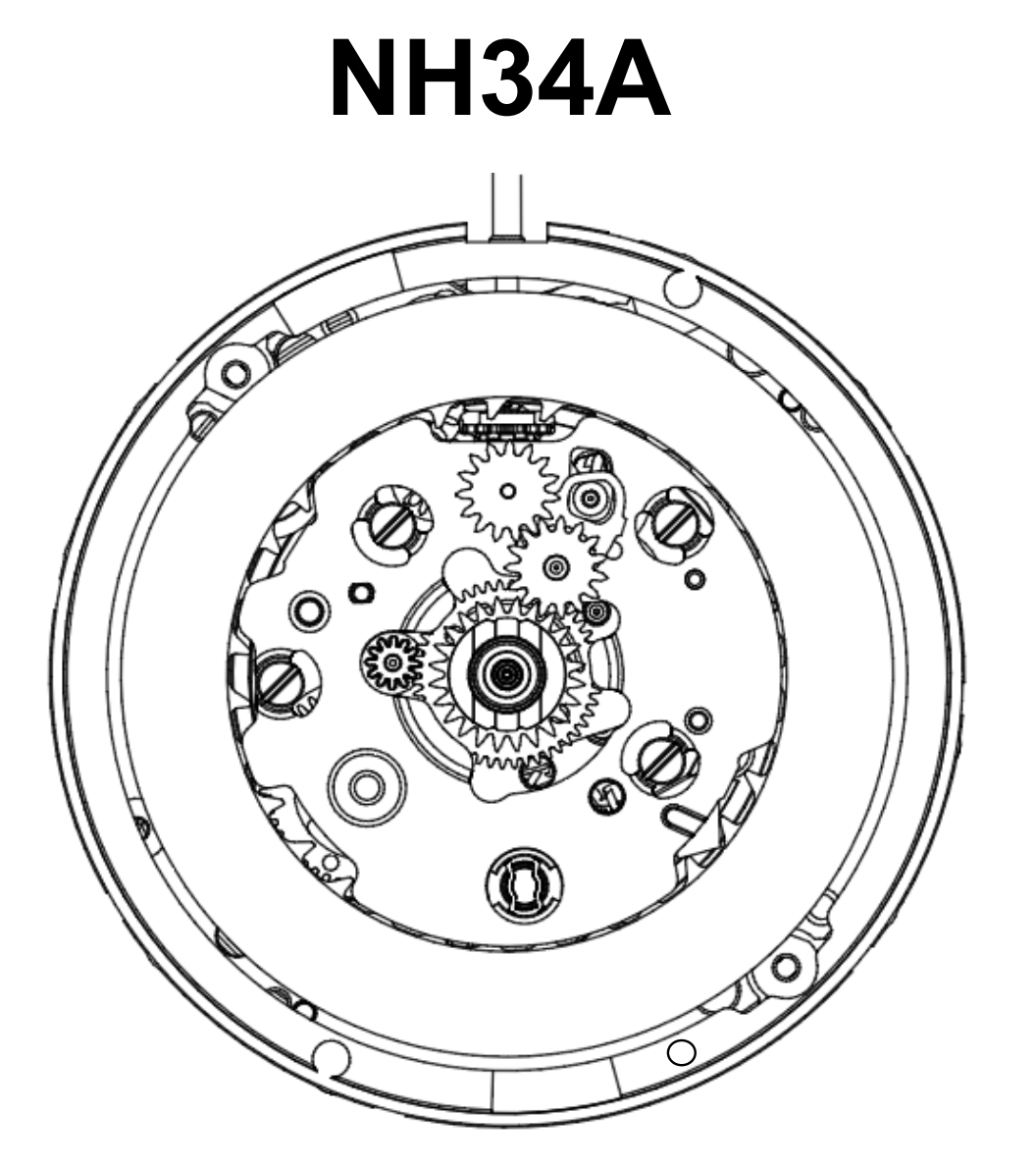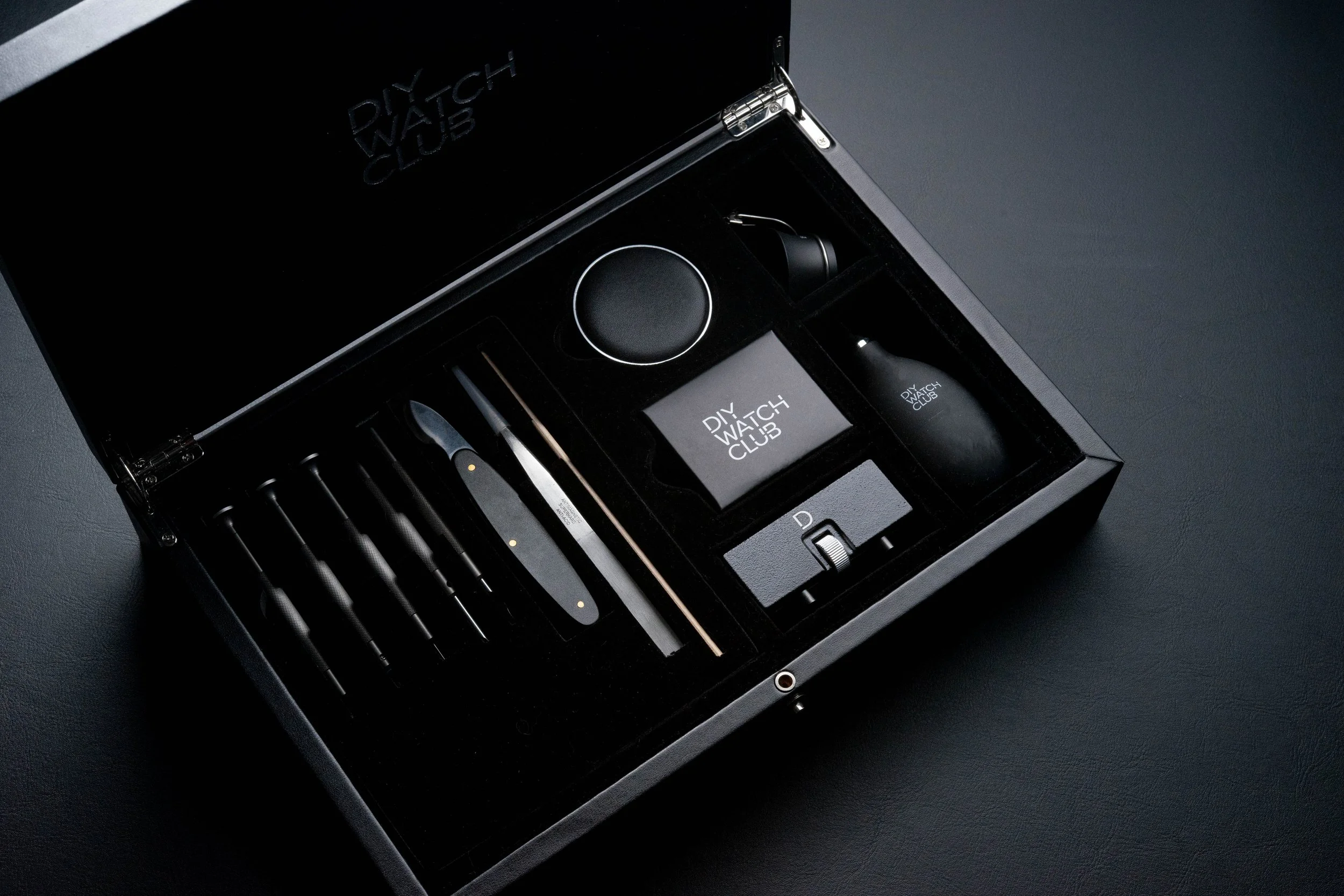Comparing Acrylic Crystal, Mineral Crystal, K1 Crystal & Sapphire Crystal
Difference between watch crystal materials
Crystal has been already developed with different materials nowadays and they each have their own pluses and minuses.
As the window of timepieces, watch crystals serve the purpose of defending the dial and hands from impacts and damages. You can hardly find one watch without a crystal in this day and age, save for some specialty watches for blind people. But back then, watches were not shielded with crystal until around 1610; when Charles II of England first introduced waistcoats with pockets, the clockmakers wished to manufacture watches that are flatter and more portable and so came the first pocket watch. Since then, they covered the watch with glass so that the face of the timepiece would not be harmed by foreign elements.
To this day, different materials have already been developed to produce crystals, and the most commonly used ones are acrylic (plastic), mineral, K1 and sapphire crystals. Let us walk you through different types of crystal materials and tell their differences.
Acrylic Crystal (plexiglass crystal)
Speedmaster from Omega, the first watch to be on the moon, is employed with acrylic crystal as it is shatter-resistant.
Acrylic was first produced in 1928 and was brought to the market five years later. It is said that its first application on watch crystals was during World War II when many governments and militaries required "non-breakable" crystals on military watches. Acrylic, as a soft material, is shatter-resistant. Incidentally, that’s why the original Omega Speedmaster, the first watch to be on the moon, was equipped with an acrylic crystal, as NASA wanted a shatterproof crystal to avoid shrapnel of broken crystal floating in the spacecraft.
Though the softness of acrylic crystal is often perceived as a weakness, as it is more prone to scratches than any other crystal, it can actually be an advantage as it can be easily buffed to remove minor scratches. Simply apply buffing compound like Polywatch, and then use a piece of usual cloth to buff the scratches away.
As newer crystal materials were developed, acrylic crystal soon fell out of favor. Nowadays it is often employed with a connotation of vintage design.
Pros:
Shatter resistance
Can be buffed to remove small scratches
Inexpensive
Lightweight
Vintage appeal
Cons:
Can get scratches easily
Low transparency and clarity
Mineral Crystal
The performance of mineral crystal is overall much better than acrylic crystal.
People soon longed for a better and harder material for watch crystals. In the wake of the glass industry, mineral glass appeared. Overall, the performance of tempered mineral crystal is better than acrylic: harder, better scratch resistance and higher transparency. For these reasons, most mid-range watches are still featuring this crystal. But when comparing to sapphire crystal (which will be discussed below), it performs mediocrely.
Pros:
Harder than acrylic crystal
Better scratch resistance than acrylic crystal
More corrosive resistant than the acrylic crystal
Higher transparency and clarity
Cons:
More expensive than acrylic crystal
Can still crack/shatter under extreme conditions
K1 Crystal
People were still not satisfied with the mineral glass. Some companies then tried to create composite crystals that blend the shock resistance of plastic, with the scratch resistance of hardened glass. K1 crystal is heat treated mineral glass which is more scratch resistant than normal mineral glass, and has better shatter resistance than sapphire crystal. In short, K1 crystal is the improved version of mineral glass.
Many Seiko watches, especially the diver series, are employed with their own-branded Hardlex crystals.
Some brands produce their own versions of treated mineral glass under their proprietary brand names, such as Seiko with their Hardlex crystal.
Pros:
Higher transparency than acrylic crystal
Better shatter resistance than sapphire crystal
Its hardness is second only to sapphire crystal
Higher scratch resistance than regular mineral crystal
Cons:
Prone to breakage if it falls or hits an object
Scratches are rare but still possible
Sapphire Crystal
Sapphire crystal is the default choice for high-end watches.
In the 1960s, a new crystal material ushered in a new page of watch history. The name is sapphire crystal. Not to be confused with natural sapphire, the sapphire crystal we have now is a synthetic material made of pure aluminum oxide, which is made possible by the improvement of synthesis technology. Sapphire has been employed by watchmaker as crystal as far back as 1929, by Jaeger Le-Coultre. But this synthetic process made possible a sapphire crystal without the natural defects and impurities found in its natural counterpart.
Among all the crystals introduced, it is the hardest crystal available so far, with Mohs scale of 9 (while diamonds have the Mohs scale of 10) and it is the toughest in terms of scratch resistance. This is why sapphire crystal is the default choice for high-end watches and has never been superseded by far.
It isn’t perfect though. While it has unrivalled scratch resistance, its shatter resistance leaves quite a bit to be desired. As it's not as flexible as acrylic glass, the crystal is prone to cracks or shatter if subjected to strong impacts.
Pros:
Hardest crystal among all, with Mohs scale of 9
Highest level of scratch resistance
Highest transparency and clarity
Corrosion resistance
Cons:
Expensive
Prone to crack or shatter
So what crystal is the best?
So it seems like sapphire crystal, disregarding the cost, is the undisputable winner here. But in reality, these crystals are still frequently employed for various reasons. Omega still offers the Speedmaster in both sapphire and acrylic variants; Seiko still uses Hardlex crystal in most of its divers. All in all, different materials have their own positives and negatives. There is no such thing as the best, but now you know the difference between acrylic, mineral, K1, and sapphire crystal, you can choose the most suitable one for your watch depending on your needs.















Blued hands and screws are ubiquitous existences in the history of watchmaking. Behind that frequent appearance though is a history and science that go beyond the aesthetic value of flame bluing.